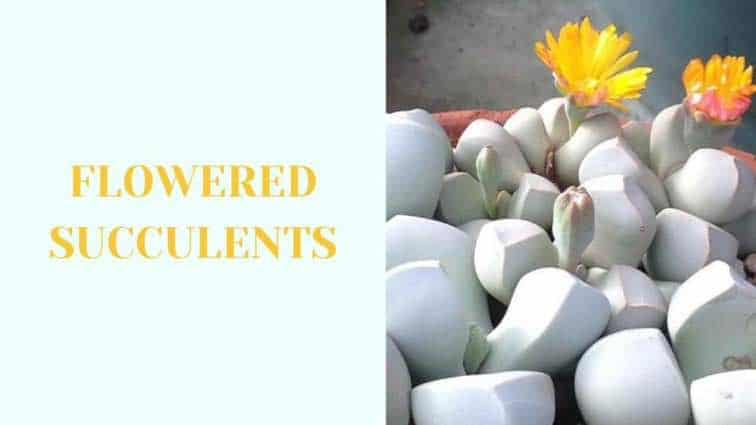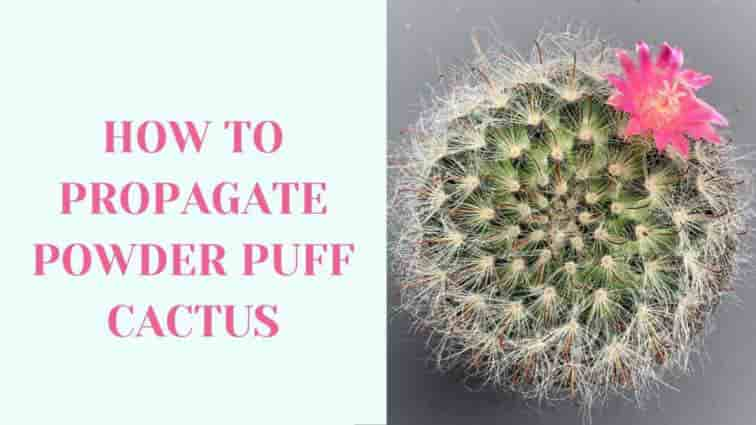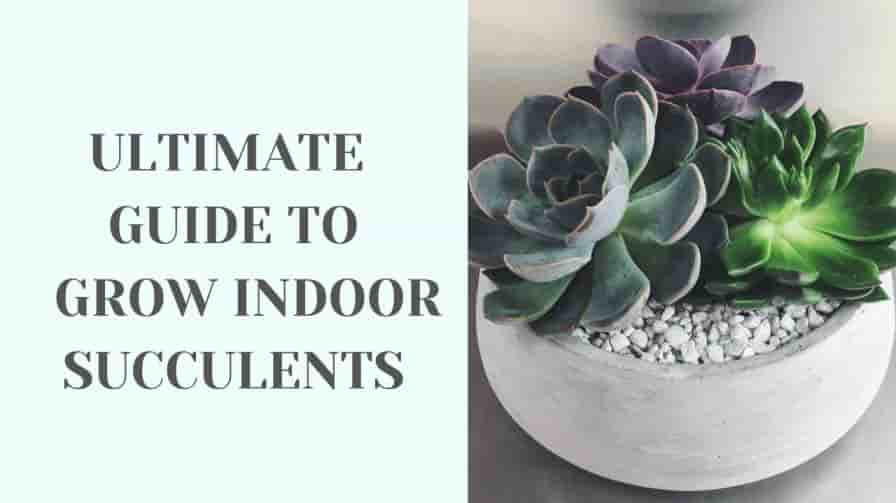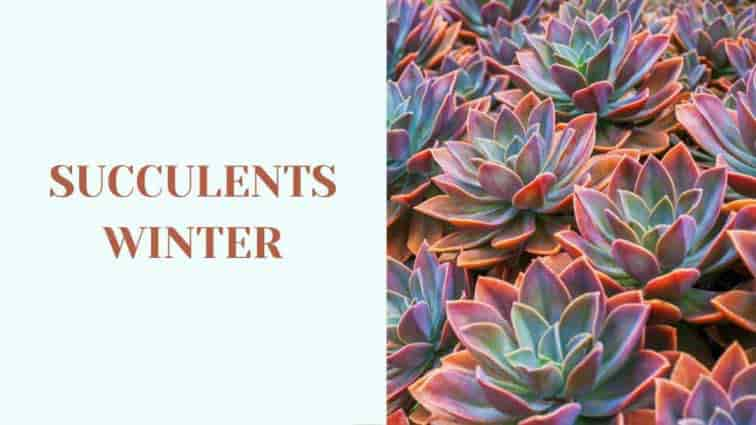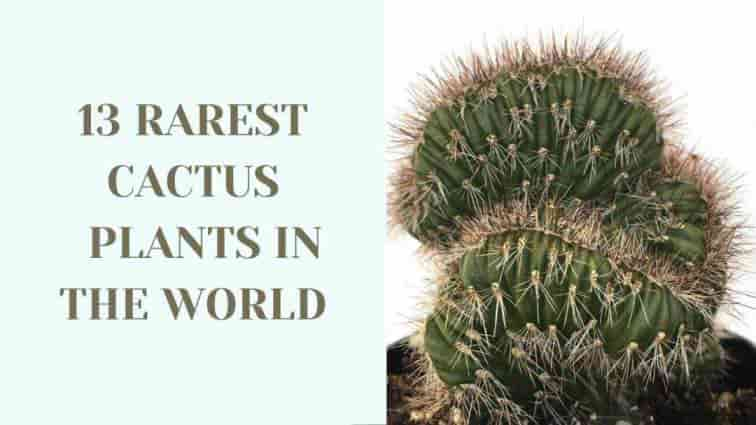Succulents have gained widespread popularity and for good reason. They’re stunningly beautiful, flowering plants that flourish indoors. They’re known for their low maintenance and survival in dry conditions, but that doesn’t mean you won’t encounter a few pitfalls in your care for one. Many succulent owners report finding their succulents turning brown, drooping, or dropping leaves. There’s no need to worry, as it’s easy to diagnose what’s wrong with a succulent and nurse it back to tip-top shape.
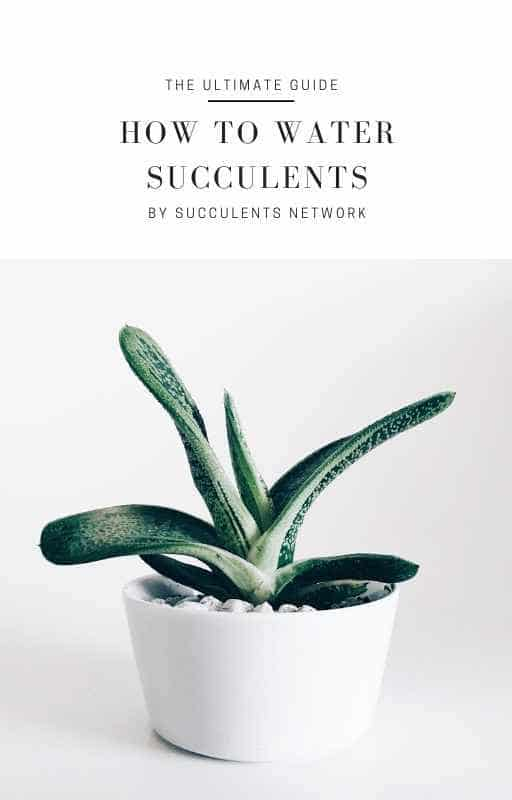
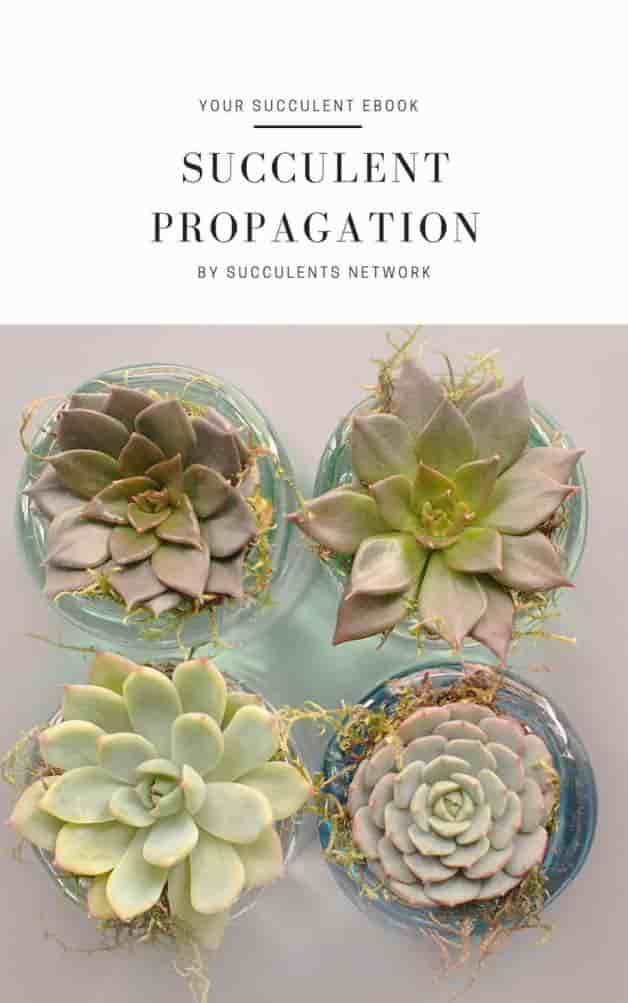
Succulents Sun Damage (Plant Turning Brown)
The most common reason for succulents having brown spots, edges, or leaves is sun damage. This typically only applies to plants left outdoors or on a porch. While cacti are native to sunny, dry climates, they do prefer lots of shade making them ideal for windowsills or table settings indoors. If you find your succulents turning brown outside, transplanting them to a small planter and bringing them in to restore back to health is a great idea. Otherwise, you could consider planting some foliage or shrubbery that adds shade to your garden.
Under-Watering Succulent (Succulent Turning Brown)
Another good tip if you find your succulents turning brown is to examine the leaves up close. Dry, shriveled leaves with yellowing and brown areas are an indicator of under watering. A lot of people purchase cacti under the idea that they can water them every once in a while and forget about it, unlike more finicky plants. While succulents require significantly less water than other houseplants, it’s just as easy to under water them. An under watered succulent will show yellowing and shriveled leaves, which may fall off. You should lightly water your succulent two to three times a week, and mist throughout to ensure the plant is receiving enough moisture.
The other curse of succulents is (you guessed it) overwatering. It’s more than possible to overwater a succulent, as they do prefer dry climates. Some plants need to be watered once or twice a day, whereas succulents and cacti only require a few waterings a week (convenient if you forget to water your plants, like me).
Watering issues are the most common reason for succulents turning brown. If your head is spinning about whether to water more or less, just know that it’s pretty hard to kill a succulent. While it might turn a little unsightly, with overwatered plants appearing yellow or translucent with mushy leaves, you can rest easy knowing that making small adjustments will bring your plant back to full health (unlike orchids and other “diva” plants).
With succulents and cacti now trending more than ever, many stores sell their plants in poor condition or with decorative planters that don’t exactly do the job. Succulents don’t require a lot of volume when it comes to planters, but the soil is the most important factor. Regular potting soil won’t cut it, as it doesn’t provide the proper drainage needed for a cactus (think desserts). Sand isn’t great either, but a mix of soil, rocks, and other inert materials will ensure your plant doesn’t get any root rot and will prevent overwatering, should you accidentally do so. Poor soil in addition to any of the above factors is a dead giveaway for succulents turning brown. You can find succulent and cactus potting materials online.
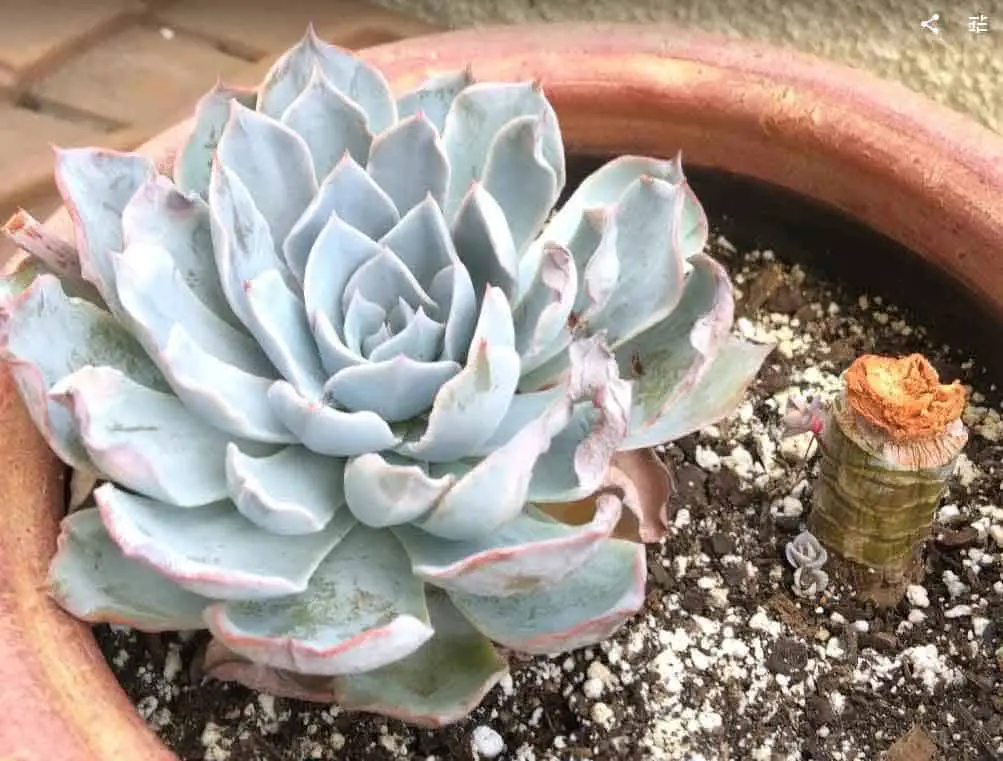
Picture via succulentplantcare
Tips and Tricks
If you want your plants to flourish and thrive within your home, a little TLC can go a long way. If you’re new to plants or just cacti in general, here are some great tips upon bringing your plant home from the nursery.
1. Upgrade Your Planter for Maximum Growth
Succulents often catch people’s eyes for their trendy, adorable planters. That llama planter might be cute, but it’s best to opt for something with a little more room. Find the breed of your plant on its tag or pot stake (that little piece of paper wedged in the soil) and research its requirements online. If that info isn’t available, then you can follow the general rule of thumb of having a planter that is three times the size of your succulent. This will ensure that the roots have enough room to anchor themselves and spread. This will also allow your plant to sprout little offshoots, which you can cut and grow into another plant!
2. Invest in an LED lamp
Succulents make beautiful decorations for tables and shelves, yet these places often don’t provide enough sunlight. An ingenious solution is to invest in an LED lamp. LED lamps and more affordable than you think, and are often used for growing herbs in the kitchen. Set a timer, and provide your plants with some extra light a few hours a day. This will help speed up their growth and really bring out the colors in your plant. If you find any of your succulents turning brown due to sunlight issues, this is a great way to regulate the amount of sun your plants receive. Cacti have a range of gorgeous colors, from deep reds and purples to even blues. Having enough sunlight boosts the production of chlorophyll and these color compounds
3. Pick Healthy, Vibrant Plants from the Beginning
While this tip is more proactive than reactive, it’s important to ensure the health of your plant. Some nurseries (mainly big box stores with little garden experience) will sell unhealthy plants. Some of these plants have even been “dressed up” with gimmicks, such as spray painted color or hot glued artificial flowers! Don’t be suckered into buying a plant with a fake plastic flower on top. You’ll find that many varieties of succulents are naturally flowering, and their health won’t be compromised by any cheap tricks. These materials are incredibly harmful to the plant and lead to many succulents turning brown after arriving home. When picking a succulent from the store, double check and make sure that it’s all natural, and skip any succulents turning brown.


Hardy Plants with Style
There’s a reason why succulents are surging in popularity. While they still have a care routine of their own, they’re studious, hardy little plants that will survive any climate or lack of green thumb. If you do end up with a dead plant, don’t sweat it at all. Some plants are diseased right out of the nursery, or in too poor of a condition to restore back to health. Their inexpensive price point means you can start over with more experience and increase your chances of avoiding succulents turning brown. You can even add more plants to your collection. They’re quite addicting!

